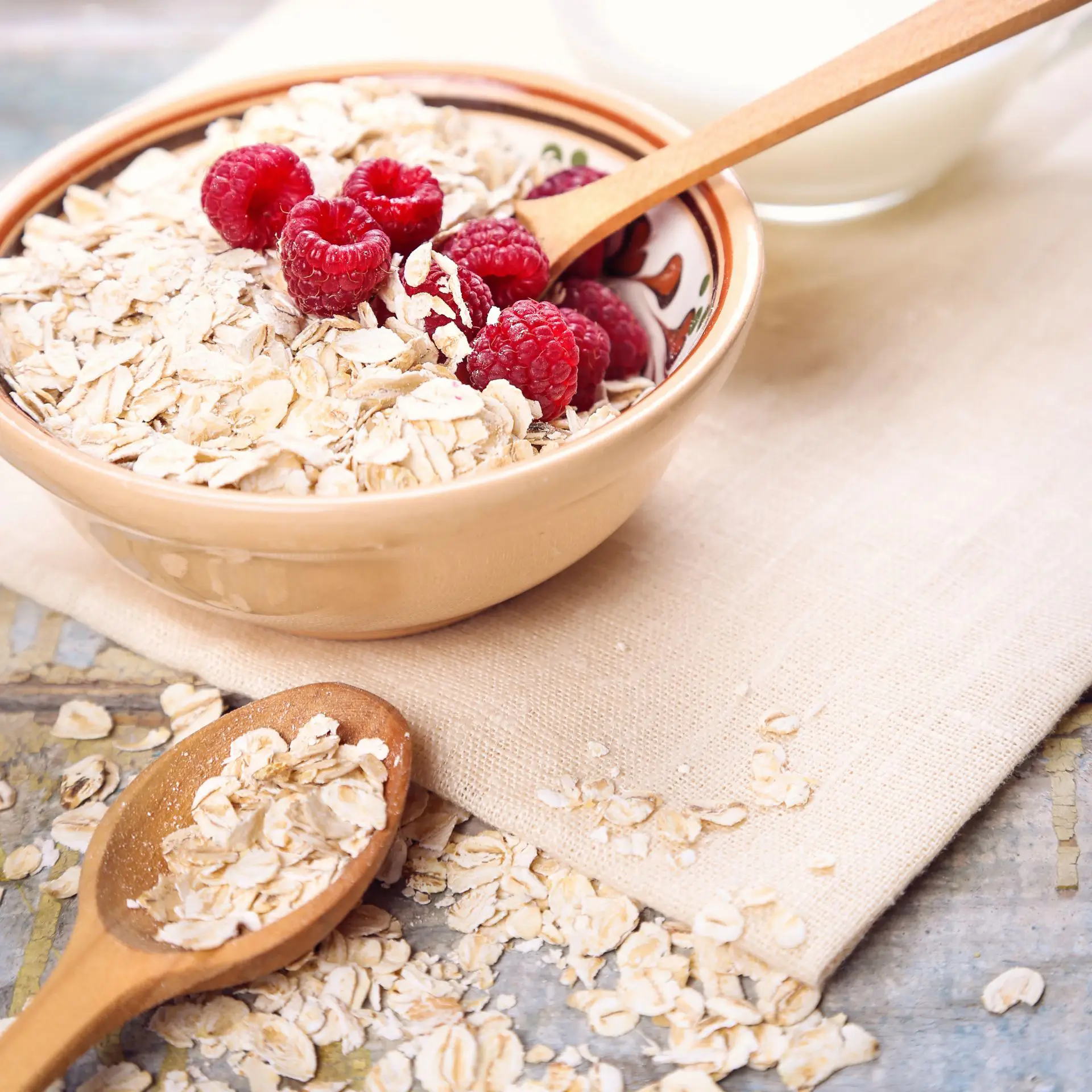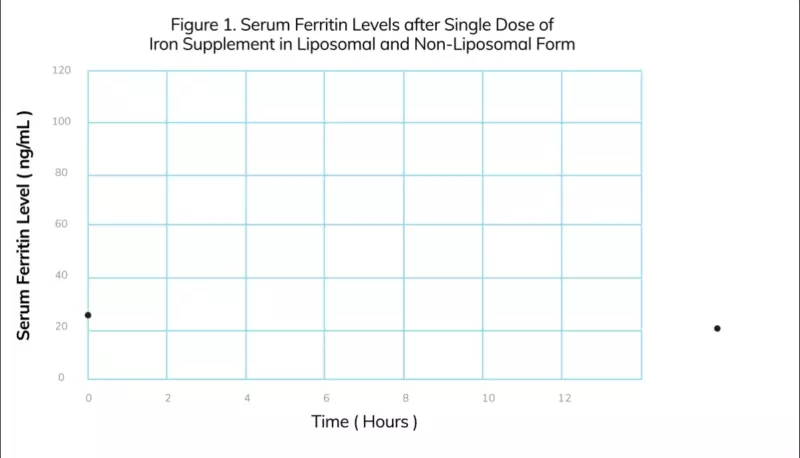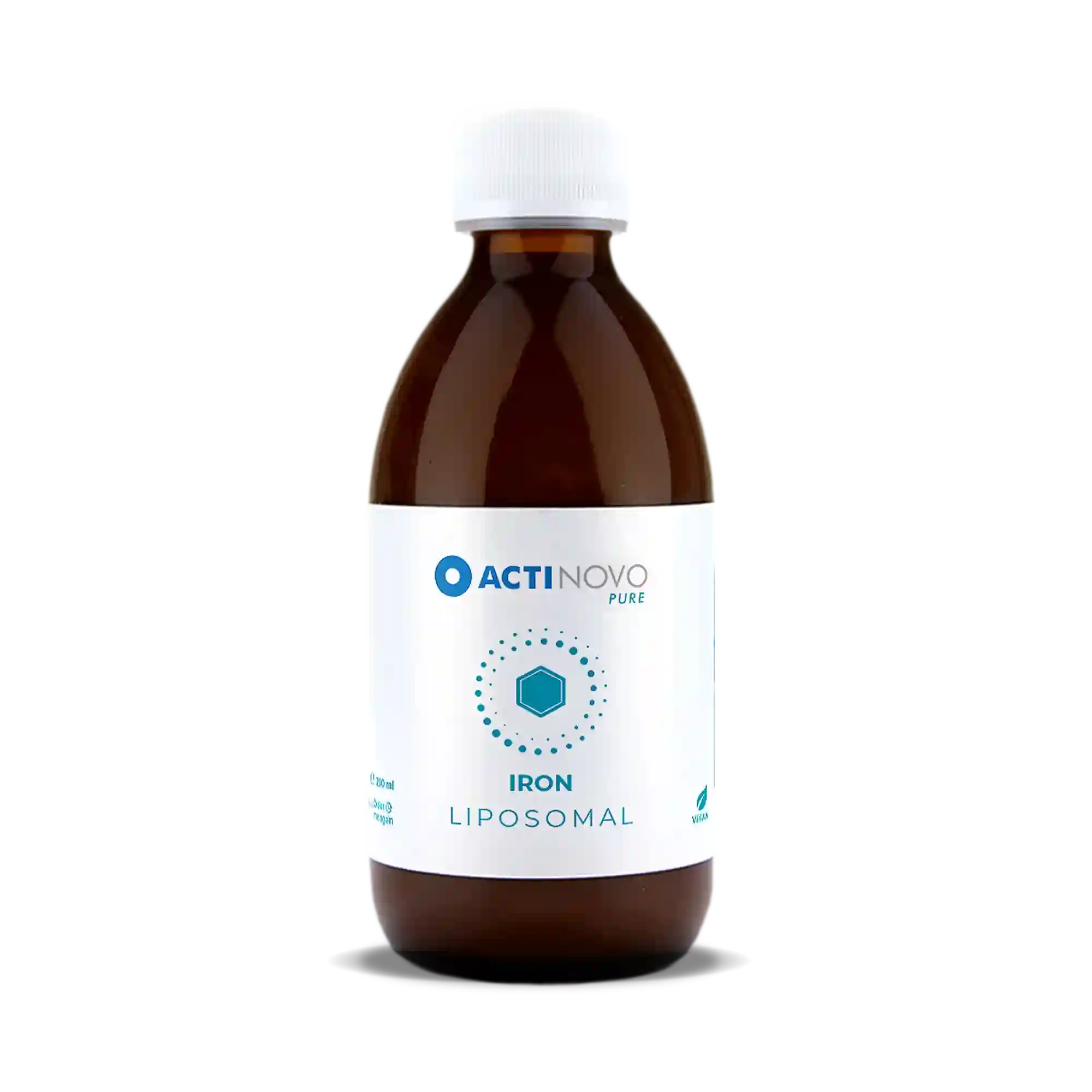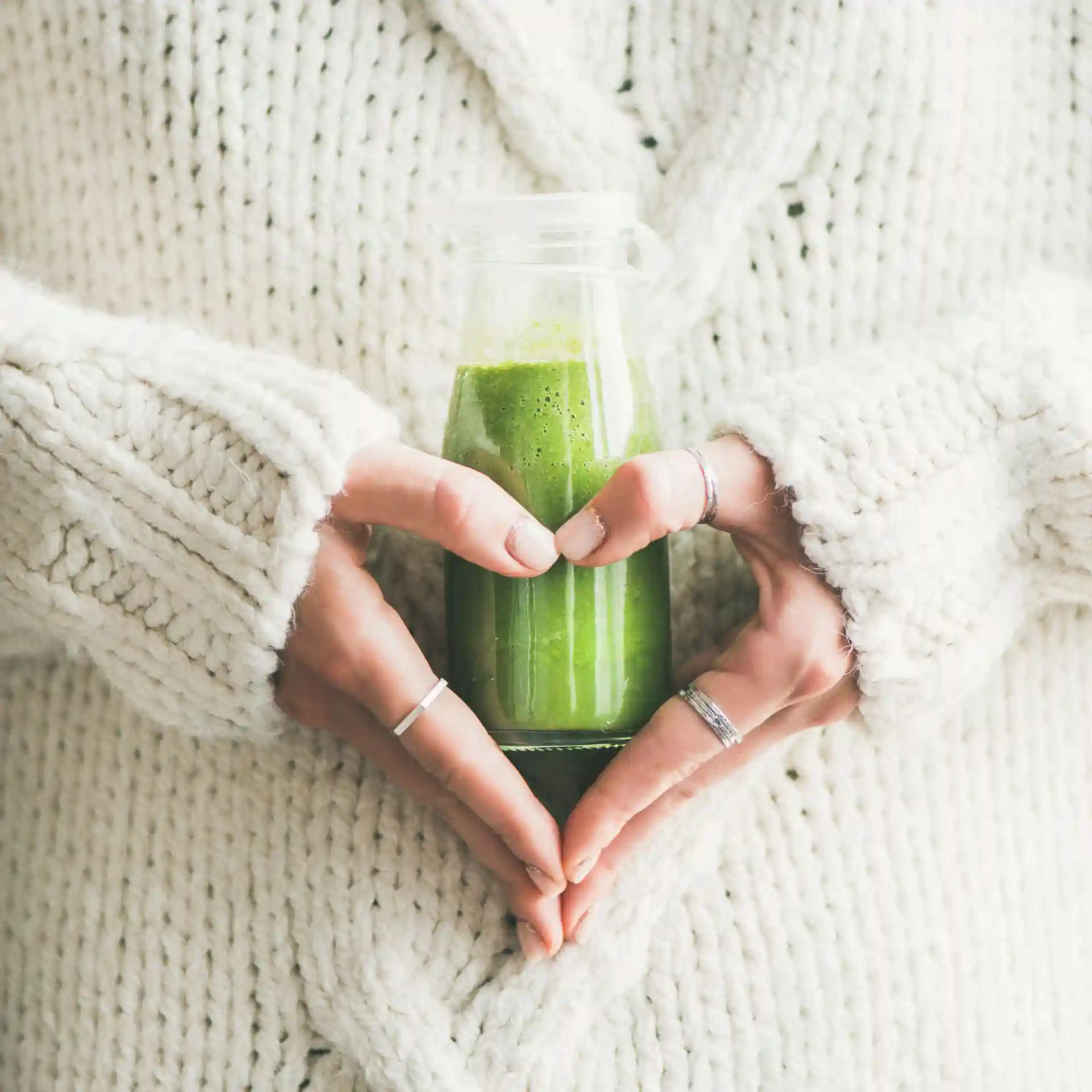
The importance of iron for your body and how to avoid deficiencies
Today we will deal with the topic of iron. In addition to general facts and the functions that iron fulfils in the body, you will learn why a sufficient supply of iron is necessary for your health.
What will you learn in this guide?
- General facts
- Function of iron
- Causes of iron deficiency
- Who can be affected by an iron deficiency?
- Iron-rich foods and iron intake
- Symptoms and consequences of iron deficiency
- The problem with incorrect supplementation
- Have iron properly determined
1. General facts
The essential trace element iron is one of the transition metals. It is literally of central importance for our bodies as well as for our planet. Iron is the main component of the earth's core and the fourth most abundant element in the earth's crust. There it is present in the form of various oxides and ores.
Mining of the ore already took place in the early history of mankind. Its processing and use in the manufacture of weapons, tools, agricultural equipment and jewellery can be traced back to 6000-year-old beads from ancient Egypt.
Today, it is impossible to imagine life without iron as the main component of steel, which can be found in machines or buildings, but also in various everyday objects. Even in ancient times, people recognised that iron also plays an important role for the body.
The healer and seer Melampus treated his patients with a drink made from wine and the rust of an old iron knife. In Polish folk medicine, too, the method of hammering pure iron nails into an apple and eating them the next day has long been known [1].
However, due to the non-existent dosage, most doctors advise against such past methods. This is because an overdose of iron can also have a negative effect on your health (more on this later). Thanks to modern science, we now know that there are about 4.5 grams of iron in the human body [2], which fulfils various tasks there.
2. Function of iron
In your body, iron contributes, among other things, to the normal formation of red blood cells and the red blood pigment haemoglobin they contain. It is even the central atom here. The red blood cells (erythrocytes) have the task of ensuring that all our body cells are supplied with vital oxygen and of transporting away the metabolic waste product carbon dioxide. This happens via the lungs, where oxygen is taken in and carbon dioxide is exhaled.
The iron contained in the red blood cells makes it possible for the oxygen to be bound and thus transported. Your red blood cells are constantly being built up and broken down again. On average, they last between 100 and 140 days. That is why about 1.2 litres of blood are newly formed every month [3]. The body produces about 2 million red blood cells per second.
It is therefore not surprising that the formation of haemoglobin takes up more than 70% of our iron [4]. Iron is also present in the inorganic core of the storage protein ferritin. While haemoglobin has only 4 iron atoms, ferritin has up to 4000 iron atoms per protein unit [5].
Iron is also present in many enzymes of the body, where it fulfils a wide range of functions. It contributes to normal energy metabolism, as well as to normal immune system function. It is also essential for well-functioning cell division and our cognitive functions.
3. Causes of iron deficiency
There can be several causes of iron deficiency. But three reasons are by far the most common:
- An increased need for iron that cannot be met. This occurs in growing children and adolescents, during pregnancy, during menstruation or after increased blood loss, e.g. after a blood donation.
- Insufficient iron intake, which can quickly occur in a low-meat or meat-free diet. Particularly if care is not taken to integrate suitable alternative sources of iron into the diet, a deficiency can quickly develop.
- A generally reduced iron intake, which can occur, for example, with reduced gastric acid formation or chronic intestinal diseases, can also be a factor [6].

4. Who can be affected by an iron deficiency?
An insufficient iron supply up to a pronounced deficiency is not only an enormous problem in developing countries, people in industrialised countries can also be affected by it. More than 500 million people in the world suffer from an iron deficiency.
In Germany and other industrialised countries, the figure is about 8% [7],[8]. While people in the Third World can afford very little meat due to poverty, in industrialised countries the decision to reduce meat consumption is increasingly being made consciously. Factors such as health and environmental concerns or factory farming and the use of antibiotics are particularly decisive for many people.
Even though there are other foods that contain as much or even more iron than meat in terms of quantity, they cannot be replaced one-to-one (see below). 20-30% of women between the ages of 20 and 35 in industrialised countries suffer from iron deficiency. In developing countries, the figure is as high as 50% [9].
There are two main reasons why women in particular are affected by iron deficiency.
First, due to their menstrual cycle, they have on average a 50% higher iron requirement than men. According to the D-A-CH reference values recommended by the German Nutrition Society [10], 10 mg of iron per day is sufficient for men to cover their daily requirements. Women, on the other hand, need 15 mg.
Second, the consumption of meat, which is the food with the best iron absorption, is generally lower in women.
Even though there are other iron-containing foods that contain even more iron in terms of quantity, the intake here is far lower. This is why vegans and vegetarians also belong to the group for whom iron deficiency can be a problem.
5. Iron-rich foods and iron intake
If one is guided only by the amount of iron contained in the food, 15 mg of iron intake per day seems easy to achieve. Unfortunately, this usually ignores the fact that bioavailability is crucial and that there are serious differences there.
In fact, the body of a normal person needs on average only 1 milligram of iron per day to keep its balance [11]. However, on average, only 5% to 10% of the iron in food is absorbed by the body. This value varies greatly depending on the food itself and the combination within a meal.

To understand the connection, we first have to distinguish between the trivalent iron FE3+, which is found in plant foods, and the divalent iron FE2+, which is mostly present in meat as haem iron. The bivalent iron in haemiron is bound to the proteins haemoglobin and myoglobin.
This form even has its own receptor and is absorbed by about 23%. Trivalent iron does not have its own receptor, so it must first be enzymatically converted to bivalent iron before it can be absorbed. Therefore, only about 3-8% of trivalent iron is absorbed [12]. Only bivalent iron enters the intestinal cells, from where it is released into the blood via the transport protein ferroportin. In the blood, Fe2+ is oxidised to Fe3+ for further transport. The trivalent iron is then bound to the transport protein transferrin and taken to where it is needed.
Vitamin C and various fruit acids help to significantly increase the conversion of Fe2+ to Fe3+. This trick is very popular among vegans to improve iron supply.
Unfortunately, there are also many inhibitors that worsen iron absorption - these are called antinutrients. These are various substances, of which phytic acid is probably the best known. In plants such as cereals, legumes and oilseeds, they store phosphate and other minerals such as iron, which is exactly the problem. In the digestive tract, phytic acid binds to these very nutrients, preventing their absorption by the body.
This is where the problem vegans and vegetarians can find themselves in becomes clear. Although there are methods such as sprouting and fermenting to reduce the levels of antinutrients, few people take the time to prepare their food in this way. Other antinutrients such as tannins found in tea, coffee and wine, as well as certain dietary fibres such as hemicellulose and lignin, or medications such as gastric acid reducers, can also interfere with iron absorption [13].
Food groups that contain few antinutrients include other fruits and vegetables. Bivalent animal haeme iron is also so effective because it is not affected by antinutrients due to the protein compound. This is why oatmeal, despite its similar amount of iron, is no substitute for a piece of meat when it comes to improving one's iron value.
But diet alone is not the only decisive factor. Certain diseases also have an influence on iron absorption and the iron requirement itself. In addition, the saturation of the iron stores determines how much is actually absorbed, since the conversion of trivalent to divalent iron is controlled by the body depending on the amount in the stores. Thus, depending on the bioavailability of the food and the status of the iron stores, the intake can even be between 1% and 50% [14].
6. Symptoms and consequences of iron deficiency
The First Stage: due to an insufficient iron intake, the body is dependent on falling back on the stored iron to ensure a sufficient supply for the body. The longer this condition lasts, the faster the iron stores empty. When the stores are exhausted, the ferritin level in the blood serum begins to fall. In this iron deficiency, anaemia is not yet present because the body is still able to produce enough red blood cells.
The Second Stage: the iron reserves are so depleted that the bone marrow produces fewer and fewer red blood cells. The amount of iron in the body is so low that the cells can no longer be adequately supplied. The haemoglobin value is only just within the normal range.
The Third Stage: there is a dangerous iron deficiency. The deficiency is so severe that the body can no longer produce enough red blood cells. Now the haemoglobin value is below the normal values. This becomes noticeable in the form of iron deficiency anaemia symptoms. The cells of the body can no longer be supplied with enough oxygen. Various symptoms appear at this point at the latest.
A drop in performance, which is accompanied by concentration problems, severe fatigue and dizziness, similar to a Vitamin B12 deficiency, are typical of this. Shortness of breath as well as strong heart palpitations (especially during physical exertion) are also a serious sign that often becomes noticeable. If pale skin, hair loss, cracked lips and brittle nails appear, the deficiency has even progressed so far that it can be seen from the outside. The function of our immune system is also impaired by an iron deficiency [16],[17].
7. The problem with incorrect supplementation
The problem with many iron supplements is not only the mostly poor bioavailability, but also the nausea that often occurs. Due to the poor bioavailability of most conventional preparations, very large quantities have to be taken, which further increases the nausea.
Furthermore, iron that is not absorbed in the small intestine is often transported away from the body by means of diarrhoea. Constipation can also occur and black stools are not uncommon. On average, every fourth person complains about side effects [18].

With iron, it is crucial to find the right amount. We have already learned that too little is harmful. However, this also applies to too much iron. Ill-considered experiments with iron tablets can not only lead to diarrhoea, but can cause far greater damage. The reason for this is the mechanism of iron absorption. Under natural conditions, this mechanism is able to protect our organism from an iron surplus.
As already mentioned, the saturation of the iron stores determines how much iron is absorbed. In addition to the conversion of trivalent to bivalent iron, the iron transporter ferroportin ultimately decides how much iron actually reaches the blood from the intestinal cells. The peptide hormone hepcidin, which is formed in the liver depending on the iron status of the body, regulates ferroportin. It is practically the door opener for iron into our bloodstream. If there is a deficiency, more doors than usual are opened so that as much iron as possible enters the blood [19].
If extremely high amounts of iron are taken in at once in such a situation, far too much iron enters the blood. Because iron preparations with extremely high doses do not occur in nature, your body cannot expect such a high dose. Transferrin, which is responsible for iron absorption, is not able to bind all the iron. This excess iron can cause cell damage throughout the body, as free iron ions promote the formation of hydroxyl radicals.
So exactly what antioxidants are supposed to prevent is brought about: Free radical damage to the body [19]. The liver, pancreas and heart are particularly affected. Excess iron can also accumulate in the liver and overload the organ. So it can be very dangerous to start with a high dose if you are in a deficiency state. Even with an above-average iron-rich diet, it is difficult to take the dose that can be achieved with food supplements in one go. Therefore, high doses without medical supervision are strongly discouraged!
8. Have iron properly determined
If a deficiency is suspected, a well-informed doctor will have both the haemoglobin value, which shows the iron content in the blood, and the serum ferritin value, which gives information about the amount of iron in the stores, determined [20]. This is the only way to correctly assess how severe the deficiency already is.
Making an estimate on your own cannot replace a doctor and can quickly backfire. It is advantageous to use a preparation that has a high bioavailability. This prevents unused iron from remaining in the intestine. Of course, you can also estimate more precisely how much iron is actually absorbed.




